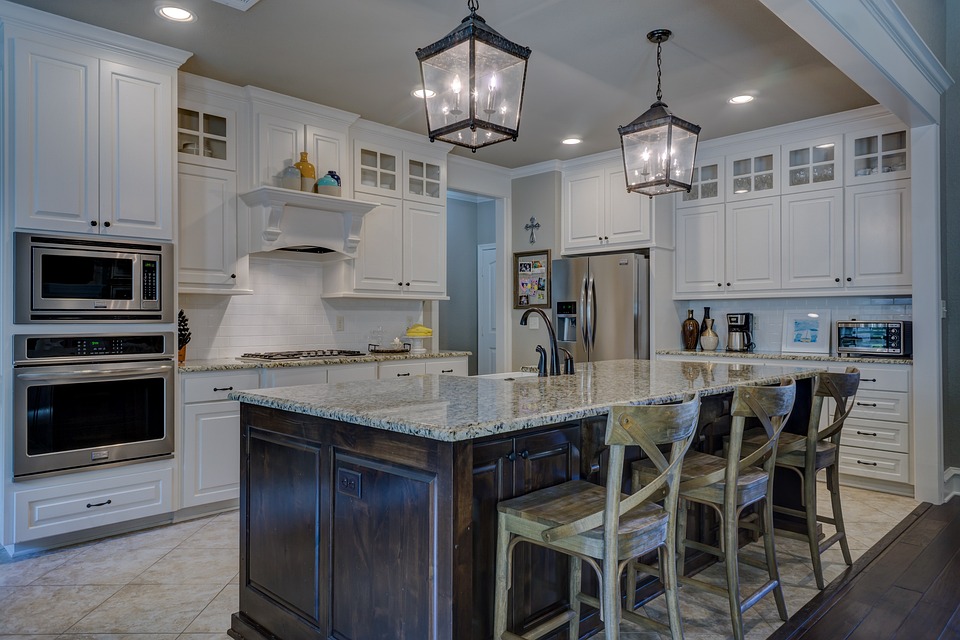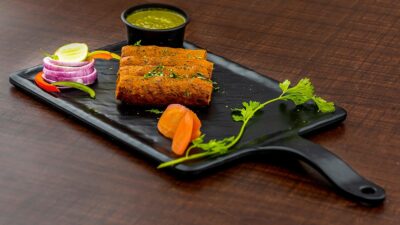When it comes to designing or renovating your kitchen, the debate between timeless and trendy styles often comes to the forefront. Each approach offers its own benefits and challenges, making the decision process pivotal in creating a space that reflects your personality while also being functional and enduring. In this article, we will explore the essence of both styles and provide guidance on how to choose the right kitchen design for your home.
Understanding Timeless Design
Timeless kitchen design features classic elements that stand the test of time. These styles often include:
-
Classic Color Palettes: Neutral colors like whites, creams, grays, and soft earth tones create a serene environment. This approach allows for versatility and ease in changing decor without the need for a complete overhaul.
-
Quality Materials: Achieving a timeless look often involves durable materials such as natural stone, hardwood, and stainless steel. These materials are not only more resilient but also offer a sense of elegance.
-
Traditional Elements: Features like crown molding, traditional cabinetry with raised panels, and classic hardware give kitchens a sophisticated feel. Vintage appliances or farmhouse sinks can also enhance a timeless aesthetic.
- Functional Layouts: Timeless kitchens are designed for efficiency and functionality. Open layouts that promote flow between cooking, dining, and entertaining spaces cater to modern lifestyles while remaining classic.
Advantages of Timeless Design
- Longevity: Timeless designs rarely go out of style, which can minimize the need for renovations over the years.
- Value Retention: Homes with classic kitchens often garner better resale value because they appeal to a wider range of buyers.
- Ease of Updating: If you want to refresh your kitchen, adding modern accessories or a splash of color can quickly modernize a timeless space.
Embracing Trendy Design
Trendy kitchens offer a contemporary flair, often characterized by bold colors, cutting-edge appliances, and innovative layouts. Here are some common features:
-
Bold Color Choices: Trendy kitchens embrace vibrant and unexpected colors, such as deep blues, matte black, or even daring pastels. These shades can inject personality and excitement into the space.
-
Sleek, Minimalist Aesthetics: Less is often more in trendy designs, showcasing clean lines, open shelving, and minimalist hardware. These kitchens may highlight industrial materials like concrete or metal.
-
Smart Technology: Trendy kitchens frequently incorporate smart appliances and devices that enhance convenience and efficiency, including touchless faucets, smart refrigerators, and advanced cooktops.
- Unique Textures and Patterns: From statement backsplashes to patterned tiles and unconventional countertop materials, trendy kitchens challenge conventional design with creativity.
Advantages of Trendy Design
- Expressiveness: Trendy designs allow homeowners to showcase personal style and creativity, making the kitchen a reflection of individual tastes.
- Current Functionality: Integrating the latest technology, trendy kitchens often provide enhanced usability and efficiency tailored to modern living.
- Fresh Ambiance: Trendy kitchens can energize a space, making it feel lively and updated, which can be particularly appealing in open-concept homes.
Finding the Right Balance
When deciding between a timeless or trendy kitchen style, several factors must be considered:
-
Personal Aesthetic: Reflect on what styles resonate with you personally. Do you gravitate toward classic elements, or do you prefer modern designs?
-
Lifestyle Needs: Consider your daily routine and how you use your kitchen. A busy family may benefit from a timeless, functional layout, while individuals who entertain frequently might prefer a trendy, vibrant space.
-
Resale Potential: If you plan to sell your home in the future, a timeless kitchen might appeal more broadly to potential buyers. However, if you intend to stay long-term, you might feel free to embrace trends that excite you.
- Hybrid Approach: Many homeowners successfully merge both styles, creating a unique kitchen that incorporates timeless elements with trendy accents. For example, a classic design can be enlivened with trendy appliances, lighting fixtures, or décor.
Conclusion
Deciding between a timeless or trendy kitchen style is a personal journey that involves balancing aesthetics, functionality, and future considerations. By understanding the characteristics of both styles and reflecting on your preferences and needs, you can create a kitchen that not only meets the demands of modern living but also serves as a beautiful and inviting heart of your home for years to come. Whether you lean towards enduring elegance or contemporary flair, the right kitchen is one that resonates with you and enriches your daily life.



